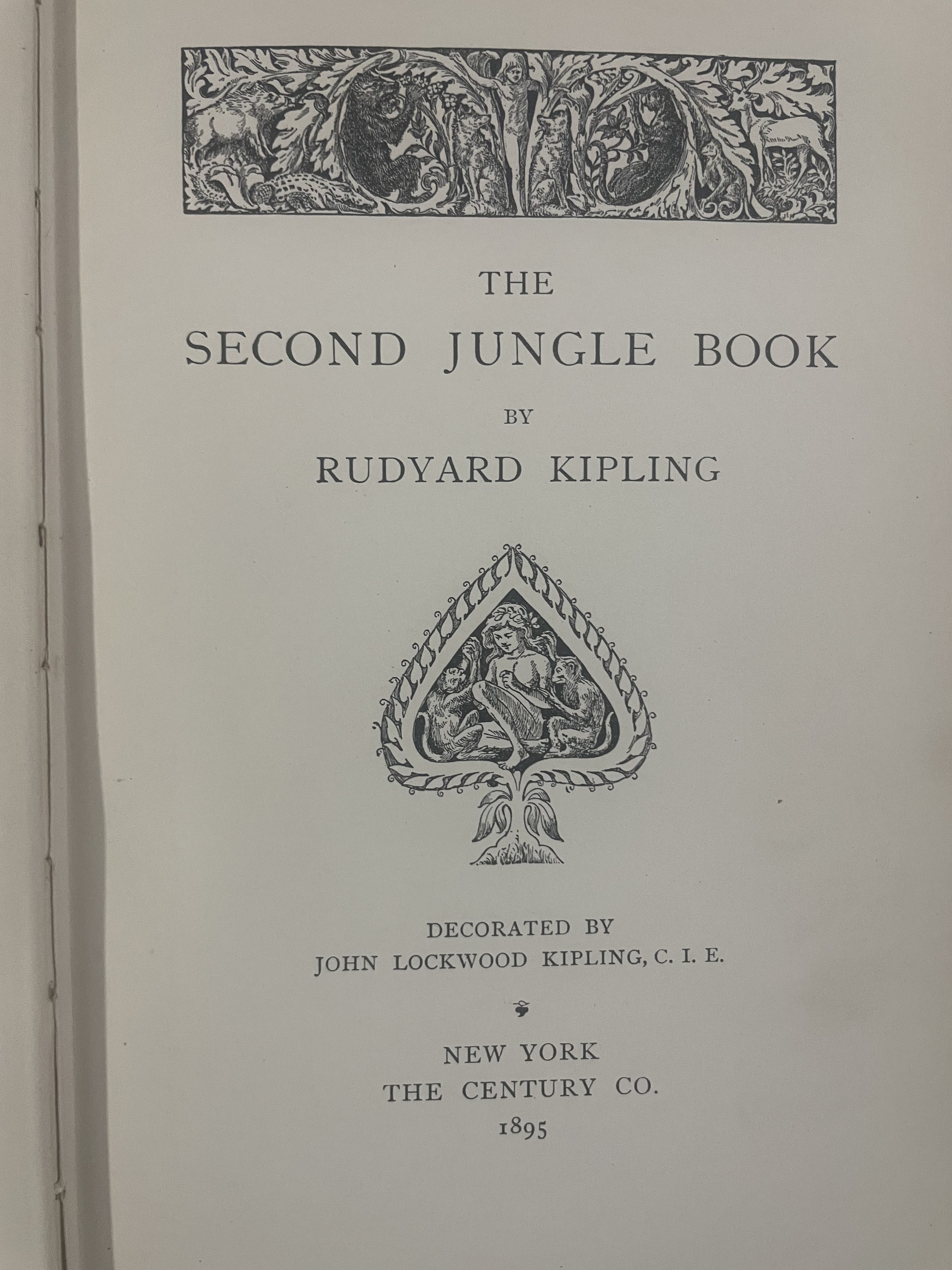The Second Jungle Book

About
Summary
Exquisite
TOC
Details
Related
URL
Images
Overview
The Second Jungle Book by Rudyard Kipling, published in 1895, is a sequel to his widely popular The Jungle Book. It continues the adventures of Mowgli, the boy raised by wolves, and presents new stories set in the jungles of India, further exploring themes of identity, belonging, and the laws of nature.The Second Jungle Book consists of a collection of stories, five of which continue Mowgli's narrative, while three are unrelated tales. These stories depict Mowgli's journey into young adulthood as he navigates the complexities of the jungle and the human world.
Key Themes
Identity and Belonging: Mowgli's struggle to find his place in the world, torn between his human origins and his life in the jungle, remains a central theme. The stories explore the complexities of identity and the search for belonging in a world that often demands choosing one path over another.
The Laws of Nature: Kipling emphasizes the importance of respecting the natural order and the consequences of disrupting the delicate balance of the ecosystem. The jungle is governed by its own set of rules, and survival depends on understanding and adhering to them.
Civilization vs. Wilderness: The tension between human society and the untamed wilderness is a recurring theme, highlighting the conflicting values and lifestyles associated with each. Kipling explores the impact of civilization on the natural world and the challenges of maintaining harmony between the two.
Coming-of-Age: As Mowgli matures, the stories delve into the challenges and uncertainties of adolescence, including the stirrings of new emotions and the search for purpose. Mowgli's journey reflects the universal experience of growing up and finding one's place in the world.
Cultural Understanding: Kipling expresses admiration for people with strong cultural roots, hardy character, and simple lifestyles, and appreciation for the natural world, especially his native India.
Cultural Significance
Continuation of a Classic: As a sequel to The Jungle Book, this book builds upon the established world and characters, further solidifying its place in children's literature.
Exploration of Complex Themes: The book delves into complex themes such as identity, belonging, and the conflict between civilization and nature, providing readers with opportunities for reflection and discussion.
Cultural Representation: The stories offer a glimpse into the landscapes, cultures, and traditions of India, although viewed through the lens of a colonial-era writer.
Moral and Ethical Lessons: Through its stories, the book imparts moral and ethical lessons about respecting nature, valuing community, and finding one's place in the world.
Effects on Society
Influence on Perceptions of India: Kipling's vivid descriptions of India's landscapes and cultures have contributed to shaping perceptions of the country in the Western world. However, it is important to acknowledge the colonial context in which these stories were written and to consider diverse perspectives on Indian culture and history.
Promotion of Environmental Awareness: By portraying the beauty and fragility of the natural world, the book may have contributed to raising awareness about environmental issues and the importance of conservation.
Shaping Young Minds: As a work of children's literature, The Second Jungle Book has the potential to shape young minds and instill values such as respect for nature, cultural understanding, and the importance of community.
Discussion of Imperialism: The book prompts discussion about imperialism and its effects.
Title
The Second Jungle Book
Author
Rudyard and John lockwood Kipling
Name of Publisher
The Century Co
Publish Date
1895
Subject
Stories featuring the adventures of Mowgli
Vintage
1801-1900
Edition
First
Number of Pages
324
Category
Literary
Sub Category
Fiction
Rarity
RARE
